I’ve been asked countless times about liver cleansing tips over the years. In our current world filled with toxins, our liver and gallbladder can certainly face challenges. Here’s a natural way to support your liver and undergo a cleanse, though it might not be what you expect.
What is a Liver Cleanse?
There are various natural remedies claimed to assist with gallbladder stones and liver cleansing. A popular method involves a high-fat drink with olive oil, lemon juice or grapefruit juice, and Epsom salts.
The process begins with eating apples or drinking apple juice for several days. Then, the individual consumes Epsom salts in water, followed by large quantities of olive oil and citrus. It’s advised to lie on the right side (some sources mention left) and let the laxatives do their work.
The theory is to build up bile in the gallbladder and then boost bile flow quickly. This flush is believed to release gallstones causing gallbladder issues. But, does it indeed work?
First, we need to understand the functioning of our liver and gallbladders.
Liver and Gallbladder Anatomy Basics
The liver is crucial for our body’s detoxification. Here’s some of what it does:
- Regulates chemicals in the blood
- Converts glucose into glycogen for storage
- Balances amino acids in the blood, crucial for protein building
- Produces cholesterol
- Generates bile
- Stores iron
- Manages blood clotting
- Processes hormones
- Eliminates bilirubin from red blood cells
In totality, the liver oversees over 500 essential functions daily. It produces bile, stored in the gallbladder. This bile helps in breaking down fats and vitamins and expelling waste when fats are consumed.
Gallbladder Health
Most of us don’t pay attention to our gallbladder until it causes issues. Certain individuals are more prone to gallstones leading to pain, nausea, and vomiting, especially post-meal. Women have double the risk compared to men.
Fortunately, over two-thirds of those with gallstones experience no adverse symptoms. High-risk categories include pregnant women, diabetics, and those experiencing quick weight loss. The challenge arises when gallstones block the common bile duct, a narrow tube connecting the liver, gallbladder, and small intestine. Obstruction here can be fatal, especially if the pancreas is blocked.
In conventional medicine, gallbladder removal surgery is the primary solution for gallbladder attacks. However, considering its role in digestion, it’s preferable to retain it if feasible!
Show Your Liver Some Love
Given its critical responsibilities, we should support our liver and gallbladder. There’s debate about liver cleansing: some argue the liver detoxifies independently, while others suggest rigorous cleansing methods.
Do liver cleanses really work, and what’s the most effective approach to undertake one?
Do Liver Cleanses Work?
Earlier, I mentioned a common liver cleanse example. Other popular choices include detox supplements and pills.
Anecdotes suggest gallbladder flushes might decrease gallstone numbers. Although fasting and high laxative doses cleanse the digestive system, easing bloating and constipation and prompting bowel movements, some report improved gallbladder function and reduced pain, while others experience adverse effects like nausea, vomiting, and diarrhea. Serious cases sometimes require surgery post-cleanse. Despite some endorsements, solid research is lacking.
The idea might have roots in a 1999 opinion letter in The Lancet medical journal, wherein a chemical engineer described how his wife, after consuming apple juice and olive oil, passed soft, brown “stones” the next day.
Individuals undergoing similar cleanses pass numerous green pieces in their stool. However, these probably aren’t gallstones.
A Different Way to Make Soap
In-depth analyses of the “gallstones” passed during such cleanses reveal they lack typical materials like undissolved cholesterol and bilirubin. Instead, they primarily consist of fatty acids and potassium carboxylates, implying the olive oil and citrus juice combine to form soap. While this may cause notable bowel movements, its benefits for liver health are questionable.
The Best Way to Do a Liver Cleanse
Though not glamorous, the most effective path to support your liver and gallbladder involves maintaining consistent, healthy habits. Living in a toxic environment burdens our bodies, making support practices valuable. Activities like detox baths and armpit detoxes can also help.
By reducing toxin exposure and promoting innate detox processes, we significantly support our overall health. There are many ways to nurture our livers (and gallbladders) with care.
Feed Your Liver
All health concerns start with our diet. The liver is unique in its ability to regenerate when provided with better nutrients.
Surprisingly, coffee supports liver health, reducing enzyme levels and inflammation. While I enjoy coffee a few times weekly, moderation is key. Green tea, with less caffeine, also benefits the liver.
Amino acids are essential for protein creation, sourced from grass-fed meats, pasture-raised chicken, and grass-fed dairy if tolerated. For additional support, I supplement with amino acids.
Other liver-supporting foods include:
- Dark leafy greens and vitamin K-rich foods for blood clotting
- Foods aiding glutathione production such as cruciferous vegetables, kale, watercress, and onions
- Antioxidant-rich foods like berries to combat inflammation
- Fiber-rich fruits, vegetables, and occasionally healthy grains for regularity
- Healthy fats, essential for bile release, preventing gallbladder buildup (fats may exacerbate problems in case of pancreatitis or gallbladder blockages)
Coffee Enemas
Drinking coffee isn’t the sole way to promote liver health. Coffee enemas prompt the liver to release bile and expel toxins, softening stools and preventing toxin reabsorption in the body. Here’s more on coffee enemas and their preparation.
Herbs for Liver Cleansing
There’s no miracle solution, but plenty of herbs bolster liver and gallbladder health. These fall into various categories:
- Cholagogues: Promote gallbladder contraction, increasing bile flow to the intestines
- Choleretic herbs: Stimulate liver bile production
- Nutritive herbs: Used copiously in cooking and tea like food, these herbs are nutrient-dense and support bodily functions. Nettle, dandelion, and red raspberry leaf are examples.
A Word of Caution
Most medical professionals agree herbal remedies can be detrimental if gallstones obstruct ducts. Potential signs of pancreatitis or bile duct blockage include sudden abdominal pain, chills, fever, nausea, vomiting, or pain radiating to the shoulder or chest. These symptoms aren’t exhaustive, so seek medical attention if gallstones are suspected, as gallstone pancreatitis can be fatal if untreated. Serious gallstone issues can cause other complications.
However, for gallbladder sludge or increased stone risk, natural remedies might promote better movement. Disclaimer: Consult your doctor before beginning any new regimen, as I’m not a physician.
Milk Thistle
Milk thistle has long aided liver health. In Traditional Chinese Medicine, it’s used to alleviate liver inflammation, fortify, and tone the organ, aiding fat digestion, toxin elimination, and bile flow to the gallbladder, which supports digestion, blood sugar regulation, and constipation relief.
This herb also shields the liver from toxin damage and typically pairs with dandelion root, turmeric, and artichoke leaf for detoxification. Available as a tincture, herb, or standardized capsule, it should be cautiously used alongside insulin and similar medications.
Dandelion
I incorporate dandelion leaf in recipes like Bieler’s broth and iced lime and dandelion tea. Despite its infamy among lawn enthusiasts, this simple herb offers remarkable benefits. As a bitter herb, it boosts digestion, bile, and enzymes. Dandelion root, a choleretic, enhances fat digestion, liver and gallbladder inflammation, and congestion.
Drinking dandelion root tea is an excellent liver pick-me-up. Germany’s Commission E advises precautions: avoid dandelion with blocked bile ducts, a pus-filled gallbladder (rare), or when gallstones are lodged in the small bowel. It’s generally safe for most people but consult further on dandelion root utilization.
Artichoke Leaf
These same leaves accompany those delectable artichoke hearts. Known for liver and gallbladder support, a 1994 study found that artichoke leaf increased bile flow. Research in animals and humans shows protection against liver damage, and its bile stimulation aids digestion and constipation.
Though rare, allergic reactions can occur, but it’s largely safe. Avoid it with blocked bile ducts or liver disease. Use as a tincture, tea, or in capsules.
Oregon Grape Root
Another bitter herb, Oregon grape root stimulates liver function and increases bile flow with evidence of normalizing liver enzymes and inflammation. Herbalist Michael Tierra advocates combining it with dandelion and fennel for gallstones, though it’s unsuitable for a blocked gallbladder or hyperthyroid.
Oregon grape root can be consumed as a tea, tincture, or capsule. Ensure using cultivated sources as it’s at risk for endangerment.
Numerous other herbs benefit the liver and gallstones, like yellow dock, barberry, helichrysum, and turmeric. Conduct personal research to identify suitable herbs for your circumstances.
Liver Detox Tea Recipe
This simple recipe features digestive and liver-supporting herbs.
Instructions:
- Bring water to a boil in a small saucepan with the lid on.
- Add herbs, cover, and steep for 15 minutes.
- Strain and sweeten with honey if desired.
Nutrition Facts:
Liver Detox Tea Recipe – Amount Per Serving (1 serving)
Calories: 23
Calories from Fat: 1
% Daily Value*
Fat: 0.1g (0%)
Saturated Fat: 0.02g (0%)
Polyunsaturated Fat: 0.01g
Monounsaturated Fat: 0.01g
Sodium: 12mg (1%)
Potassium: 16mg (0%)
Carbohydrates: 6g (2%)
Fiber: 0.1g (0%)
Sugar: 6g (7%)
Protein: 0.1g (0%)
Vitamin C: 0.2mg (0%)
Calcium: 8mg (1%)
Iron: 0.2mg (1%)
*Percent Daily Values are based on a 2000 calorie diet.
Notes:
- You can also use stevia if preferred. Try adding milk for a creamy version!
- Drink up to 1-2 cups a day or as desired for liver, gallbladder, and digestive support.
Who Can Drink Liver Detox Tea?
Generally, this tea is considered safe for most individuals. Expert opinions differ, but I avoid internal detox during pregnancy. Nursing mothers might also want to be cautious. If you have a gallbladder blockage or are on insulin, consult with your doctor before use.
While it won’t eliminate gallstones instantly, this liver detox tea supports liver functions and encourages bile flow over time. It’s a gentle method to optimize liver and gallbladder health.
Have you ever tried a liver flush? What methods do you use to support liver health? Share your experiences!




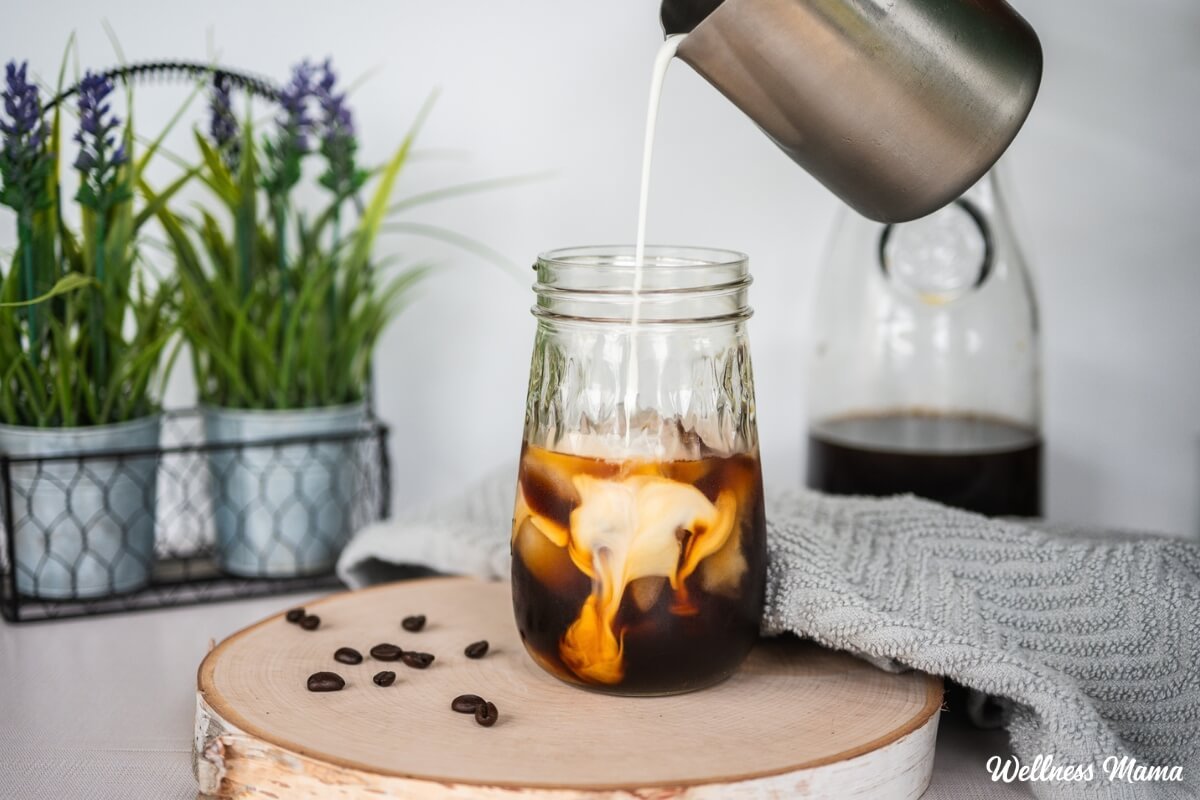
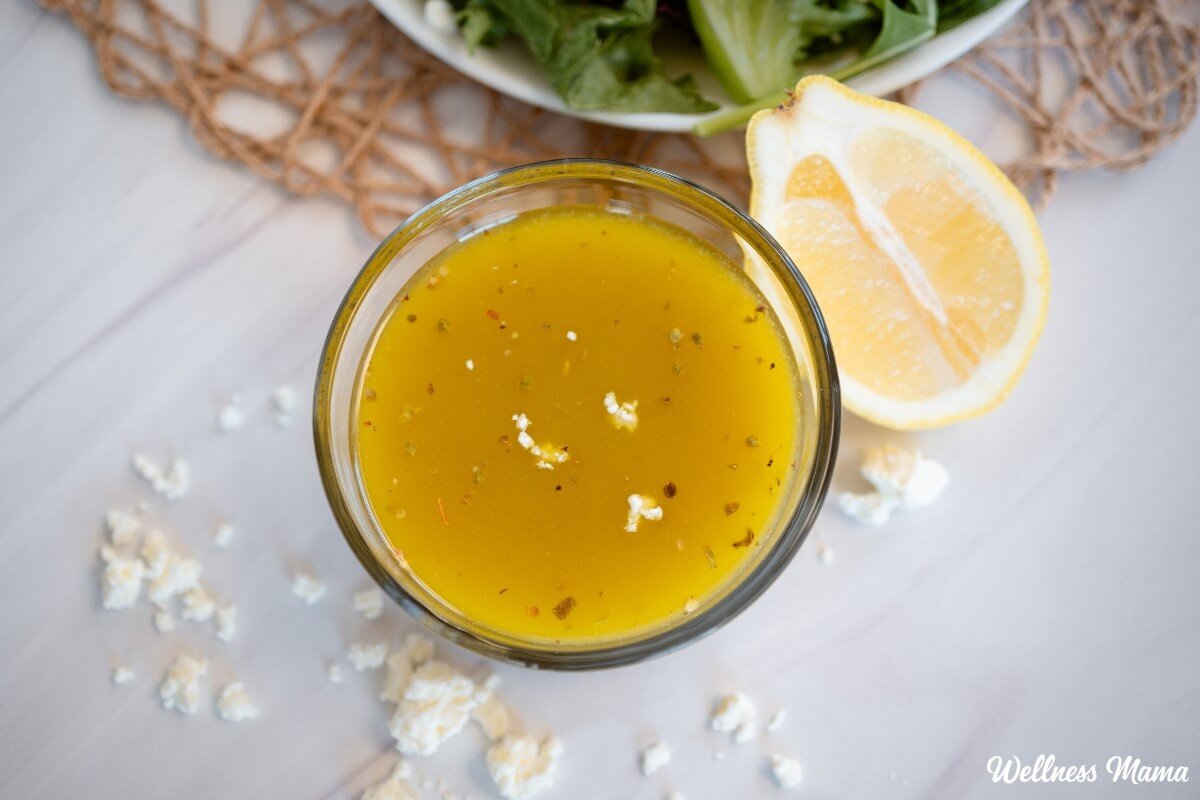
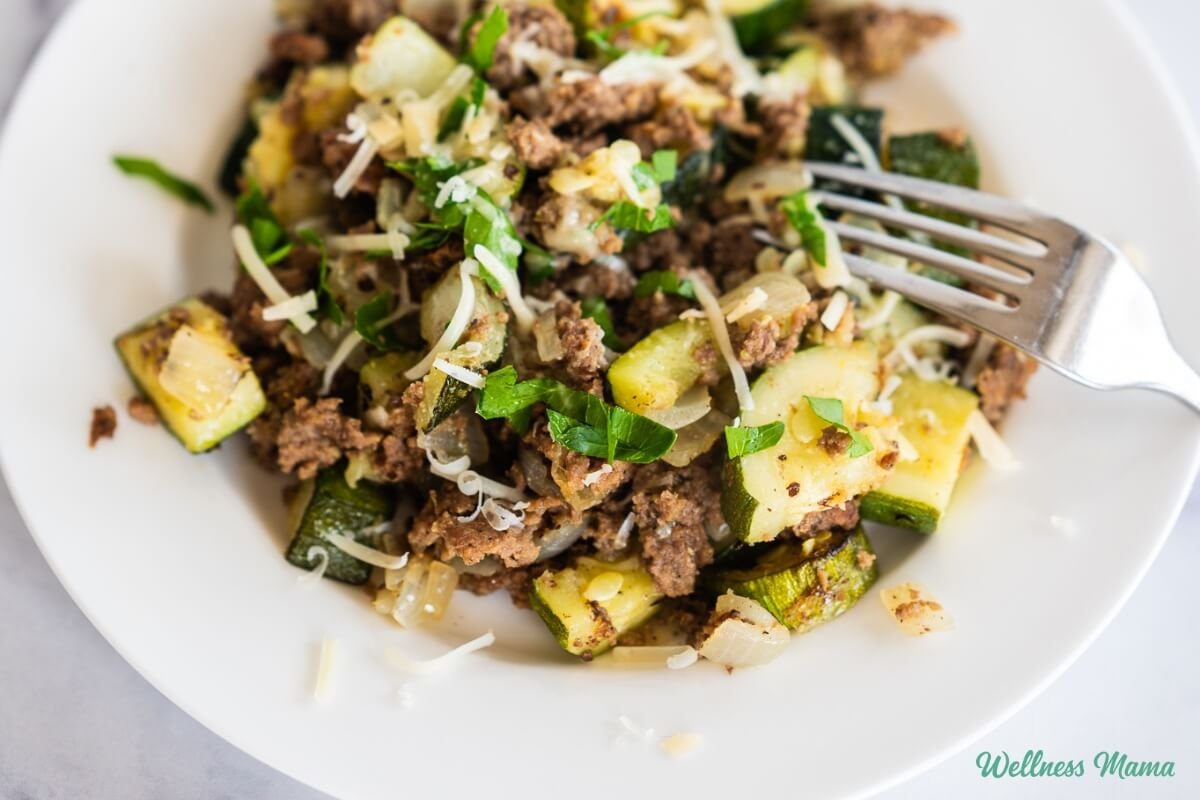

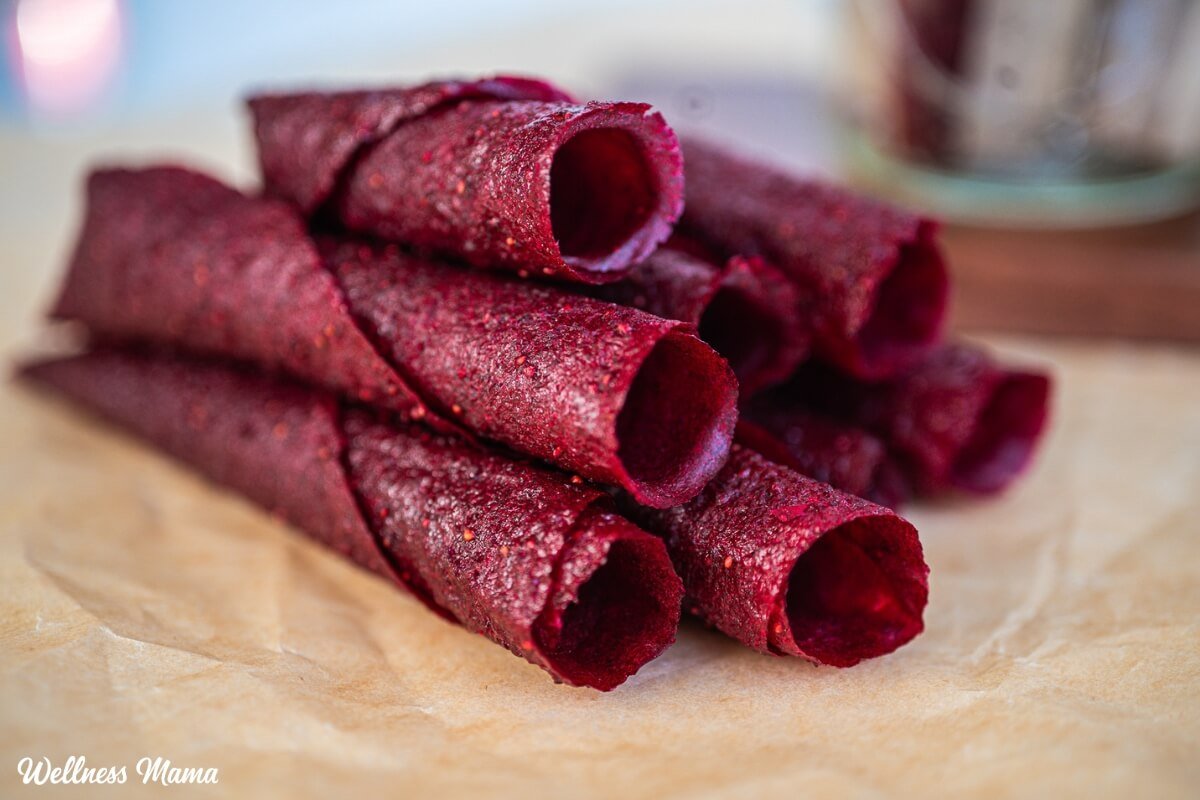


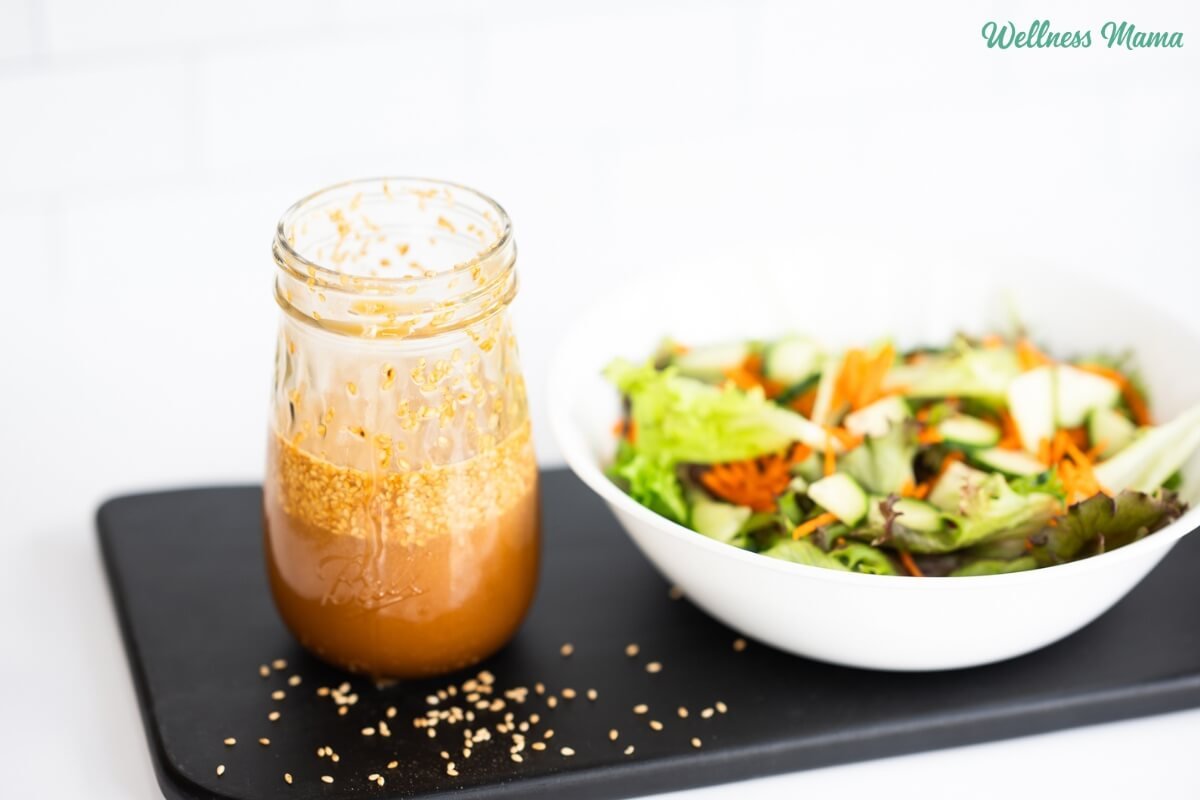

Leave a Reply